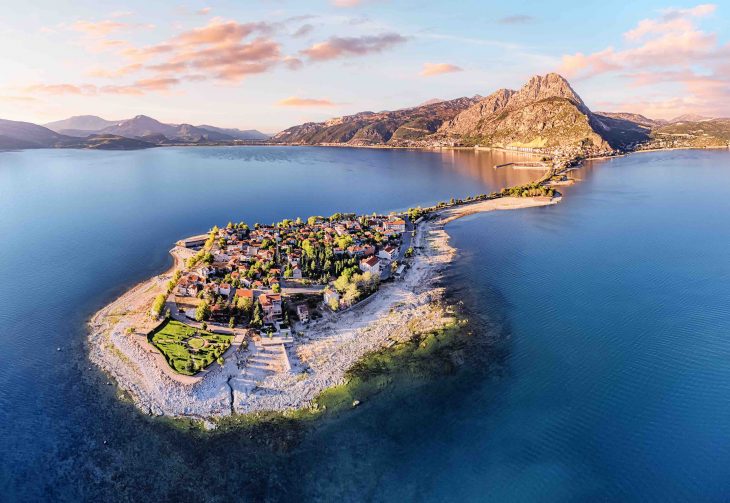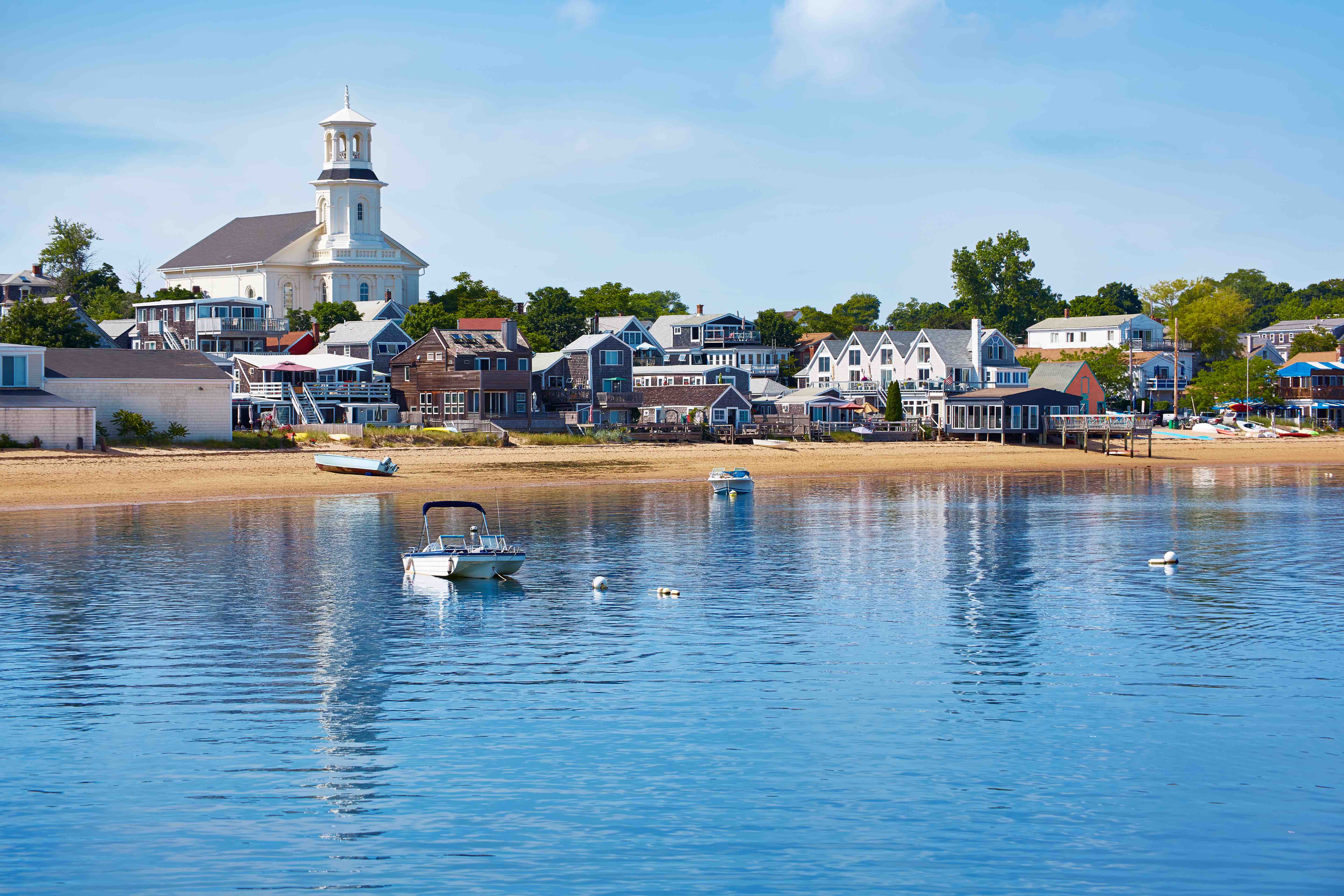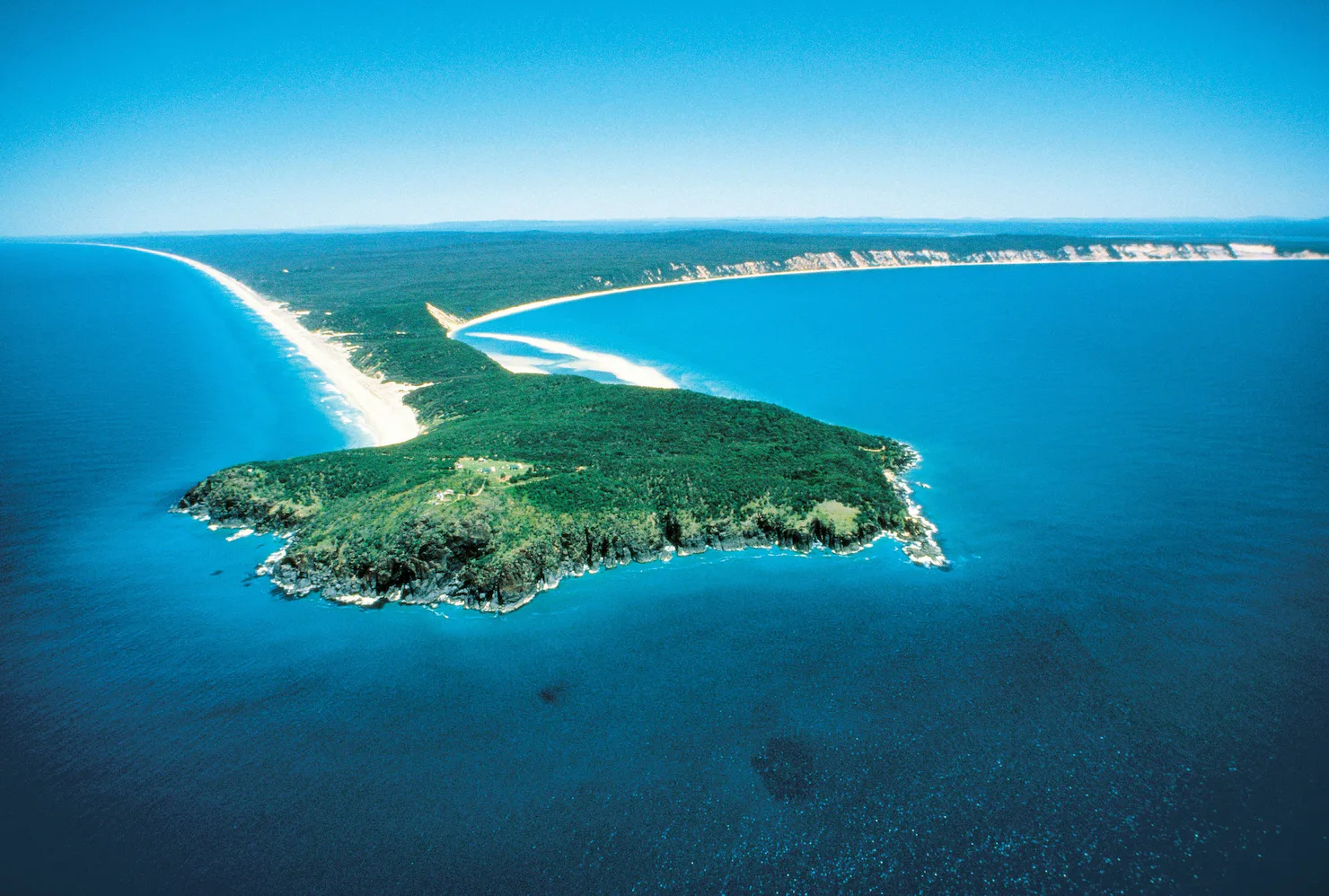
Peninsulas, landforms surrounded by water on three sides, are not only visually stunning but also hold fascinating secrets within their boundaries. In this article, we delve into 20 intriguing facts about peninsulas, unveiling their formation, ecological importance, and notable examples from around the world. Join us as we explore the captivating world of peninsulas, infusing creativity and human-like storytelling to captivate readers. Let’s embark on a journey to discover the wonders of these remarkable landforms.
Definition of a Peninsula
A peninsula is a landmass that extends into a body of water, connected to the mainland by a narrow strip of land known as an isthmus.
Formation of Peninsulas
Peninsulas are typically formed through geological processes such as erosion, deposition of sediments, or volcanic activity. Over time, these forces shape the land into elongated projections surrounded by water.
Diverse Ecosystems
Peninsulas are home to diverse ecosystems due to their unique combination of terrestrial and marine environments. They provide habitats for a variety of plant and animal species, often exhibiting high biodiversity.
Important Migration Routes
Many peninsulas serve as crucial migration routes for birds, marine animals, and land-dwelling species. These landforms provide stopover points and breeding grounds, supporting migratory patterns and contributing to the overall ecological balance.
Tourism and Recreation
Peninsulas often attract tourists and outdoor enthusiasts due to their scenic beauty and recreational opportunities. They offer opportunities for activities such as swimming, boating, hiking, and wildlife watching.
Cape Cod, USA

Cape Cod in Massachusetts, USA, is one of the most famous peninsulas in the world. Known for its picturesque beaches, charming towns, and rich maritime history, it attracts millions of visitors each year.
Yucatan Peninsula, Mexico
The Yucatan Peninsula in Mexico is renowned for its stunning coastline, ancient Mayan ruins, and vibrant marine life. It is a popular destination for beach lovers, history enthusiasts, and nature explorers.
Scandinavian Peninsula
The Scandinavian Peninsula in Northern Europe is the largest peninsula in Europe. It is home to several countries, including Norway and Sweden, known for their stunning fjords, rugged landscapes, and rich cultural heritage.
Arabian Peninsula
The Arabian Peninsula is a vast landmass located in Southwest Asia. It is known for its deserts, including the Rub’ al Khali (Empty Quarter), the largest continuous sand desert in the world.
Iberian Peninsula
The Iberian Peninsula is located in the southwest corner of Europe and is shared by Spain, Portugal, Andorra, and Gibraltar. It is known for its diverse landscapes, historical landmarks, and vibrant cultures.
Cultural Significance
Peninsulas often hold significant cultural value and play a role in shaping local identities. They can be associated with folklore, ancient civilizations, and traditional ways of life.
Coastal Erosion
Coastal erosion is a natural process that affects peninsulas, leading to changes in their shape and size over time. This erosion is influenced by factors such as wave action, wind, and sea level rise.
Strategic Locations
Due to their unique geography, peninsulas have often been of strategic importance throughout history. They have been coveted for their natural defenses and accessibility to waterroutes, making them ideal locations for trade, military bases, and cultural exchanges.
Economic Importance
Peninsulas can have significant economic importance, particularly in areas with thriving maritime industries. They serve as centers for fishing, shipping, tourism, and offshore activities such as oil and gas exploration.
Impact of Climate Change
Climate change and rising sea levels pose challenges to peninsulas, as they are susceptible to increased coastal erosion, flooding, and habitat loss. Sustainable coastal management and adaptation strategies are crucial for their long-term preservation.
Famous Peninsula City: San Francisco
San Francisco, located on the San Francisco Peninsula in California, USA, is a globally recognized city known for its iconic landmarks, such as the Golden Gate Bridge and Alcatraz Island. It is renowned for its cultural diversity, technological innovation, and vibrant arts scene.
Kola Peninsula, Russia
The Kola Peninsula in Russia, situated in the Arctic region, is known for its breathtaking landscapes, including rugged mountains, tundra, and fjords. It is home to indigenous communities and unique wildlife, making it an area of ecological significance.
Great Sandy Peninsula, Australia

The Great Sandy Peninsula, located in Queensland, Australia, is renowned for its stunning coastal landscapes, including the world-famous Fraser Island. It is a UNESCO World Heritage site and offers visitors a chance to explore diverse ecosystems and pristine beaches.
Crimean Peninsula
The Crimean Peninsula, situated in the Black Sea, has a rich history and cultural heritage. It has been a crossroads of civilizations and is known for its picturesque landscapes, ancient ruins, and the stunning coastal city of Yalta.
Ever-Changing Landforms
Peninsulas are dynamic landforms that continue to evolve over time. The forces of nature, geological processes, and human activities shape and reshape these remarkable features, ensuring their constant transformation.
Final Word
From their geological origins to their ecological significance and cultural allure, peninsulas offer a captivating glimpse into the intricate relationship between land and water. These remarkable landforms inspire awe and curiosity, inviting us to explore their diverse landscapes and uncover their hidden stories.
Frequently Asked Questions (FAQs)
How many peninsulas are there in the world?
The exact number of peninsulas in the world is difficult to determine, as it depends on the definition and size of the land masses. However, there are numerous peninsulas across the globe, ranging from small headlands to large landmasses.
What is the difference between a peninsula and an island?
A peninsula is connected to the mainland by a narrow strip of land (isthmus) and is surrounded by water on three sides. In contrast, an island is completely surrounded by water and is not connected to the mainland.
Are all peninsulas the same shape?
No, peninsulas can vary in shape and size. They can be long and narrow, triangular, irregular, or even have multiple branches or capes. The shape of a peninsula depends on geological processes, coastal erosion, and other factors.
Can peninsulas disappear over time?
Yes, peninsulas can change and even disappear over time due to natural processes such as erosion, sea level rise, and tectonic activity. Coastal erosion can gradually reshape peninsulas or lead to the formation of new landforms.
Are there any peninsulas that are not connected to the mainland?
While most peninsulas are connected to the mainland, there are instances where a peninsula is connected to a larger landmass by a thin strip of land or submerged underwater, giving the illusion of being disconnected. An example is the Yucatan Peninsula in Mexico, which is connected to the mainland by an isthmus.
Was this page helpful?
Our commitment to delivering trustworthy and engaging content is at the heart of what we do. Each fact on our site is contributed by real users like you, bringing a wealth of diverse insights and information. To ensure the highest standards of accuracy and reliability, our dedicated editors meticulously review each submission. This process guarantees that the facts we share are not only fascinating but also credible. Trust in our commitment to quality and authenticity as you explore and learn with us.
